The Best Garden Fork for Backyard Gardeners
The best garden fork is the Hoss Tools option. Also known as a digging fork or a spading fork these heavy-tined garden tools are perfect for many tasks around the garden. Easily harvest root vegetables and use it to move materials around your property. The fork is an essential tool for backyard and market gardeners alike.
Hoss Garden Fork
The Hoss Tools makes an exceptional choice in this category of tool. Made from all metal this is a garden fork designed for root vegetable harvests. You will be able to dig potatoes effectively out of any kind of soil. Whether you have tough clay or heavily rock-laden soil you will be able to press this fork deep into the ground with the foot pad and get your taters.
The foot pad is interchangeable. Switch sides to fit your personal needs.
Made from quality components the specs for the Hoss Garden Fork are Overall length: 42”, Tine length: 11”, and Weight: 7 lbs.
How to Use a Garden Fork
This tool has many purposes in the garden. Due to the thicker tines of a garden fork versus a pitchfork, it excels at digging in the ground. A pitchfork is best for picking up loads of items and the garden fork is made for tasks with the dirt. However, in a pinch of course you can do those tasks with either tool.
When digging with the fork place the tines where you want to dig. Use your foot to push the tines all the way into the soil as deep as you can. Then pull back on the handle. The soil should crack and begin to break apart. When harvesting vegetables you want to then try and pull the crop out of the soil. If it does not come out free and easily, use the fork to loosen the soil even more.
When breaking up soil during garden prep. Press all 11″ of the tines or as deep as you can and then pull the handle back to loosen and break the ground. This is similar to the action you can achieve with a broadfork.
Best Task for Garden Forks
The #1 reason to have a digging fork is for harvesting root vegetables. I have one of these strong and sturdy tools in our backyard garden tool shed.
The tool is also good at turning garden beds, and cultivating and aerating the soil before planting. A common use for the spading fork is while preparing a garden bed.
Use a garden wheel hoe to remove the weeds and cultivate the top 4 inches of soil. Then follow up with the digging fork to loosen up the soil to a deeper degree. Push the fork tines down into the soil and pull the handle back 4 to 6 inches to crack the soil up deeper. This aerates the soil and is a good way to create deeper openings for soil amendments, compost, and water to flow into when getting ready to plants.
It will also work to move piles of woodchips, and mulch, and turn a compost pile.
Root Vegetable Harvesting
Harvesting root vegetables with one of these instead of a shovel is the way to do it. Push the fork deep into the ground near where the roots or tubers are hiding. Pull back on the fork to loosen the soil. Pull the plants with the root vegetables attached. This is all you need to do to harvest garlic, onions, and carrots.
When digging potatoes it will require forking around the soil a little bit to search out any additional tubes that were missed. I generally, break up the soil clumps a little more with the tool and then search with my hands in the loose soil for any small or extra potatoes that I have missed. Once the soil is loosened come back through with a potato rake to dig through the soil and pull out any potatoes you have missed.
Garden Fork Moves Mulch and Compost
The garden fork is a good back up tool for moving materials in the garden. While similar to the pitch fork for tasks besides digging in the ground it will work, but due to the limited number of tines it will not hold as much material as a pitchfork or a manure fork.
Load Woodchips into Wheelbarrow Loads
A pitchfork is my preferred tool for loading wood chips into a wheelbarrow. However, the garden fork is much better than a shovel for wood chips. The fork will slide into the pile easily and you can lift up chunks of chips to fill the wheelbarrow.
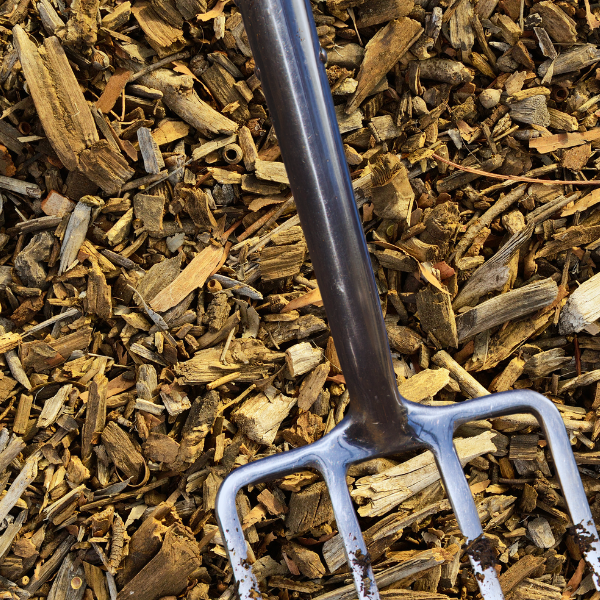
Move Mulch Piles
When moving mulching materials around the backyard a fork will work well. Again, similar to woodchips the pitchfork with its additional tines that are narrower in diameter is better, but the garden fork works well.
Turn Compost Piles
The garden fork works very well for turning a compost pile. Every urban homesteader should have a compost pile either a corner of their lot or around their chicken flock. We compost in our chicken run, but before we had the chickens we had a traditional pile. The various sizes and type of material is easily picked up with the garden fork when it is time to move the pile around to continue the process.
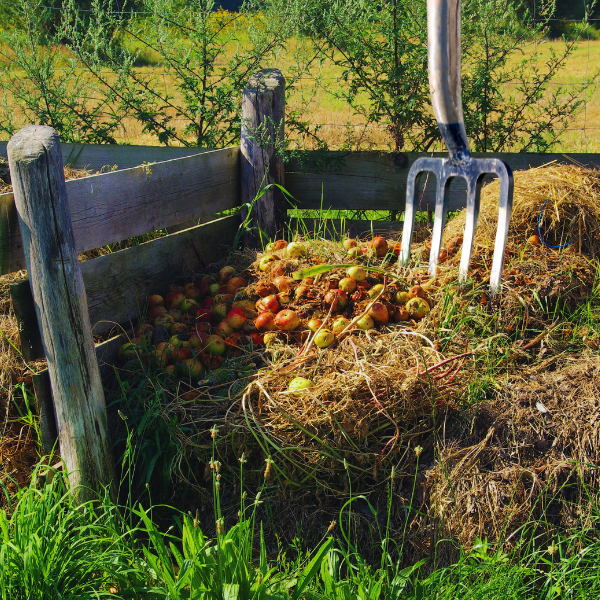
Clear Chicken Runs
Use a garden fork to quickly move chicken bedding and run ground cover. We put a lot of food scraps into the corner of our chicken and duck run. This material gets wood chips incorporated into them. The chickens will kick everything around to get at the good bits of the compost and uncover any worms and bugs they can find. A fork is a good tool for pushing everything back together as a pile and adding on more compost scraps, weeds from the garden, and wood chips from the pile.
Clean Animal Living Areas
Our chickens and ducks require woodchips in their run and straw in their living quarters. I generally use the pitchfork to scoop out the straw and woodchips when cleaning their living quarters.
However, the garden fork can do these jobs perfectly fine. We put the straw from the duck house straight out into the food forest in our backyard. This mulch covers the ground and provides nutrients from the duck manure. Duck poop is not as hot as chicken so it can be put straight out into the fruit tree area of our property.
Our chicken coop straw gets added into our compost area in the run and works down to usable compost in due time.
Quality Components
The best garden forks on the market are made of quality components. A metal garden fork is strong and light. Two qualities you want in a tool for the tasks you will use a garden fork. Most garden forks do not have a foot pad. As a result, they are more difficult to push deep into the ground with your foot.
Get a garden fork with a foot pad if you will be using it for digging potatoes and turning heavy soil over during bed prep.
Hoss Tools Garden Fork is the Best
While the best garden fork is the Hoss Tools. There are other options. Here are a couple of alternatives.
Alternative Options
There are a couple of additional garden fork models that are worth considering. These options below will work for most situations and hobby gardeners. If you are a market gardener or someone that grows a substantial amount of food yourself, I highly recommend you still with the Hoss Tools for the excellent craftsmanship.
If you need a more affordable option, it is hard to beat craigslist or a local garage sale for a cheap solution.
Fiskars Garden Fork
The Fiskars garden fork is a lighter weight option at 4.7lbs. The Ergo D handle is designed for comfortably griping the tool when working it in the soil or moving mulch piles. Fiskars is a common brad that is available in big box garden centers around the country if you would prefer to not order a tool online and be shipped to you.
This fork works well for all the typical tasks you would ask of a garden fork. Perfect for harvesting potatoes and other root vegetables. Can move compost piles and help break up hard soil so it is light and fluffy for transplanting or seeding.
Tru Temper Spading Digging Fork
The digging fork by Tru Temper is also a good option to consider for the tool shed. Equipped with 4 steel tines connected to a 30 inch wooden handle. The poly D grip provides leverage and control while working in the gardens. Dig garden beds with this spading fork.
Tru Temper products are well made and will give you many years of gardening with them if you hang them up in the shed after using them.
Get a Garden Fork for your Homestead
Get a tined tool in your garden shed. This tool comes in handy for many different tasks in the garden. If you plan on growing large plots of potatoes or other root vegetables such as garlic, onions, and carrots a garden fork is essential. Keep your garden soil free of weeds, cultivated, and aerated in between plantings during the season.
When growing successive crops such as radishes, beets, or lettuce it is useful to fork the soil in between the harvest and seeding the next round of crops. I always fork when I am adding soil amendments and compost so that some of these materials work their way below the surface of the soil.
Happy gardening and get the best garden fork to make the work more enjoyable.

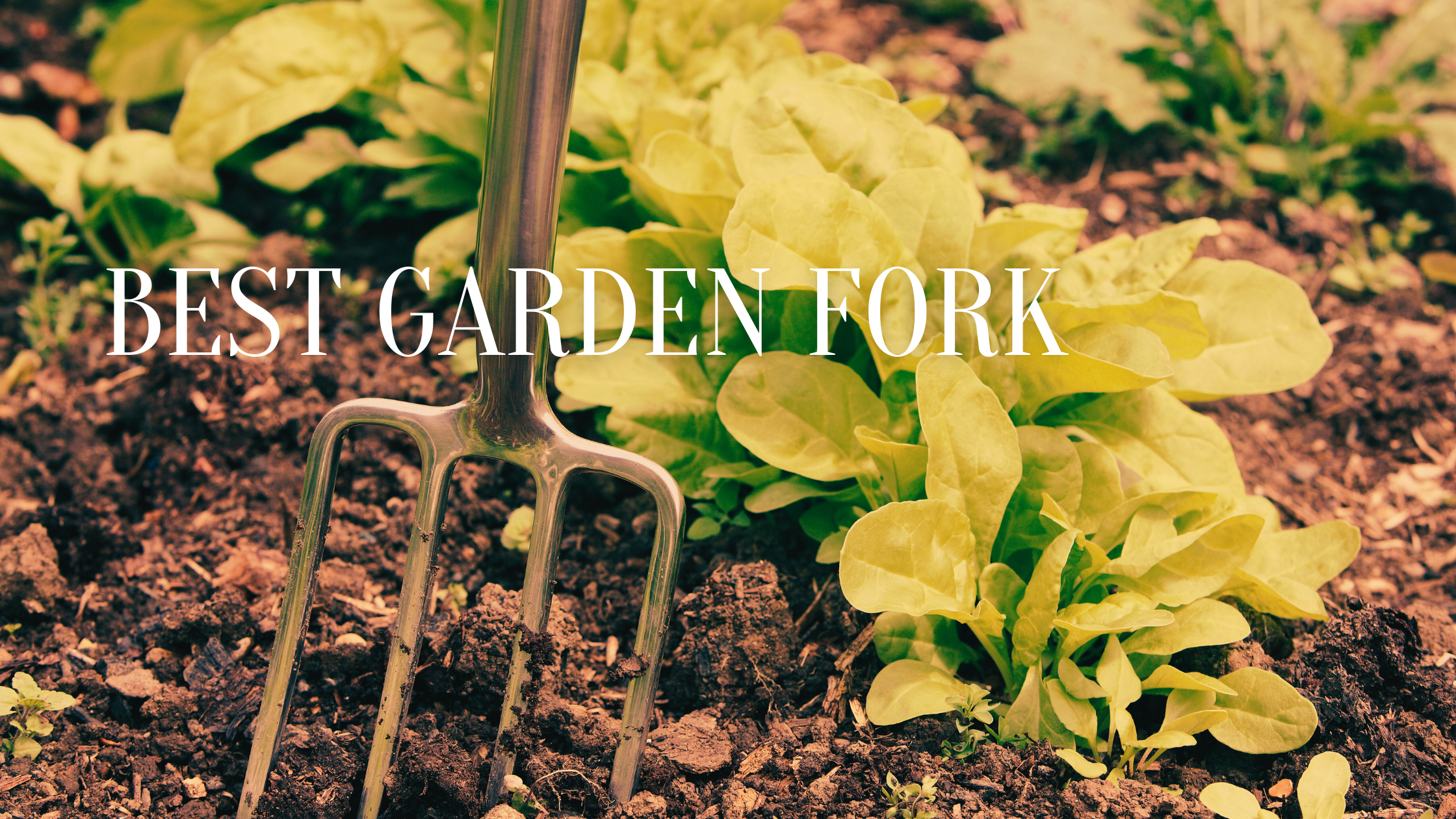
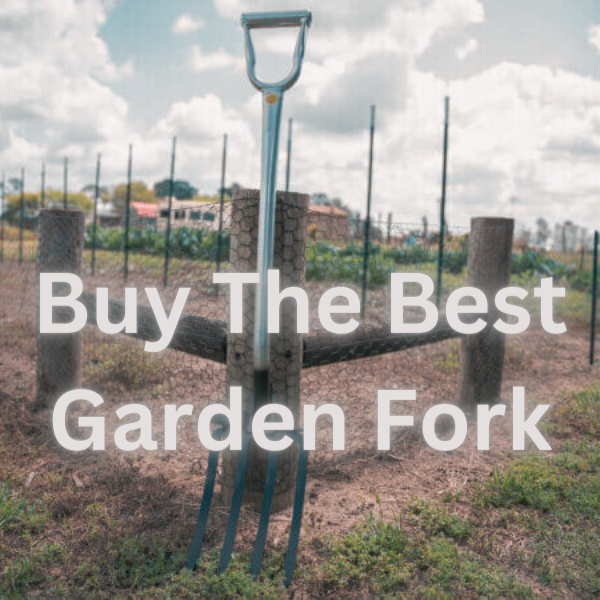
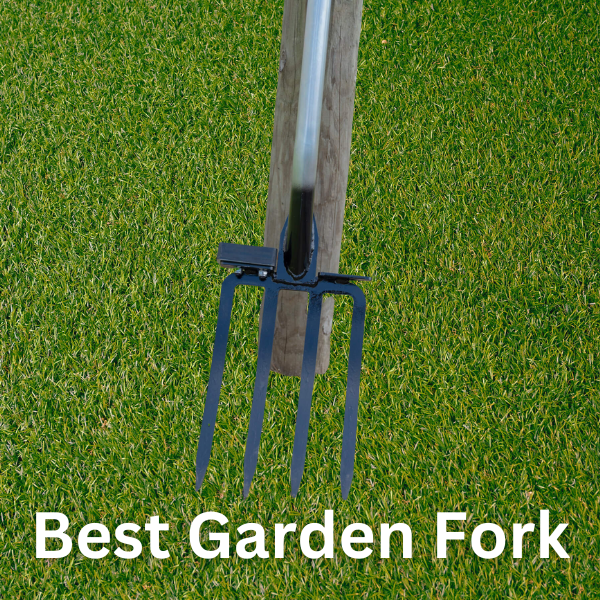


Recent Comments